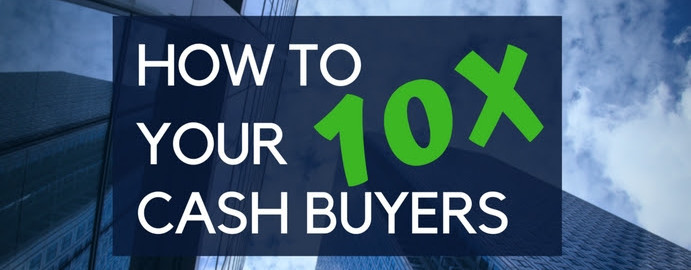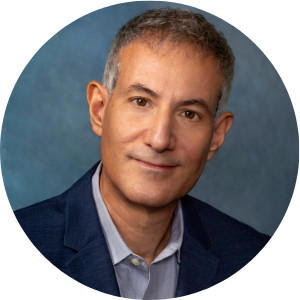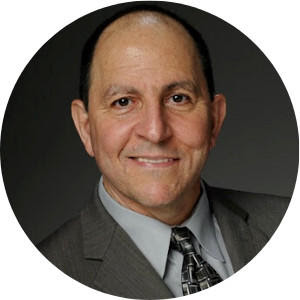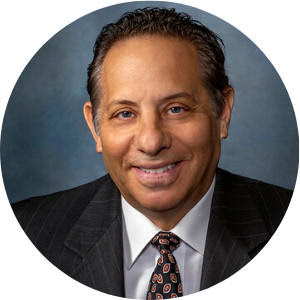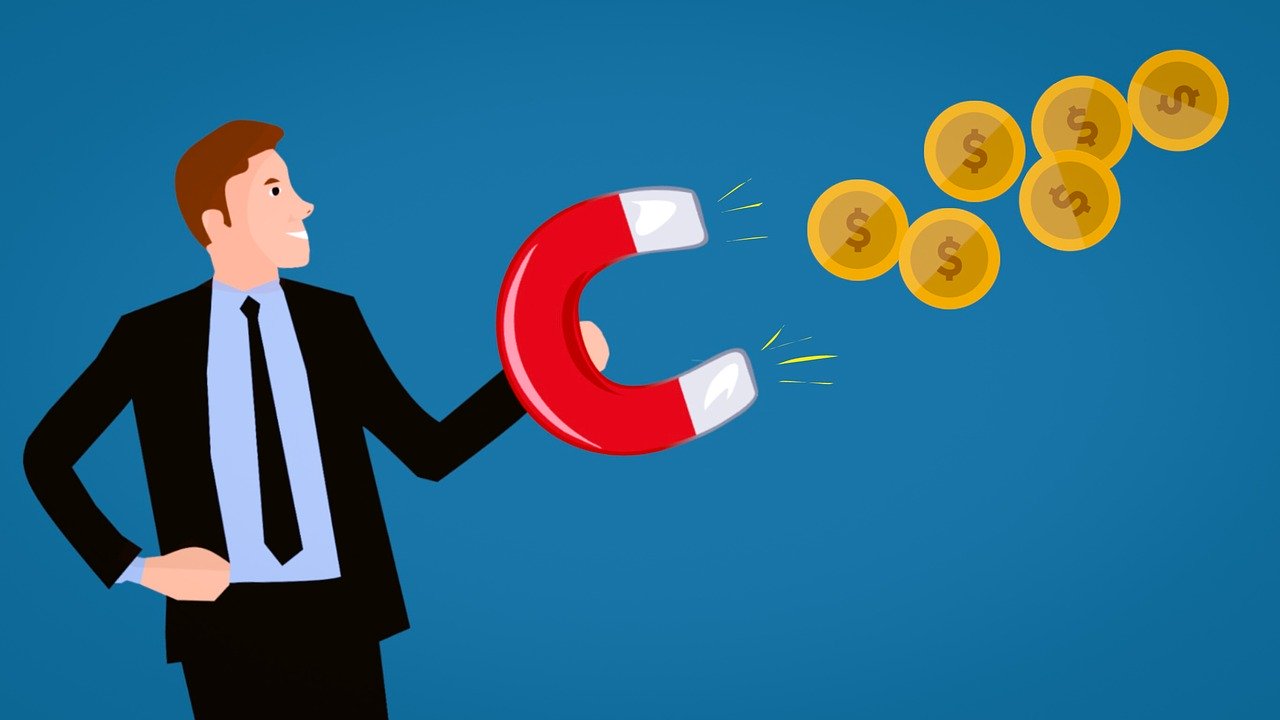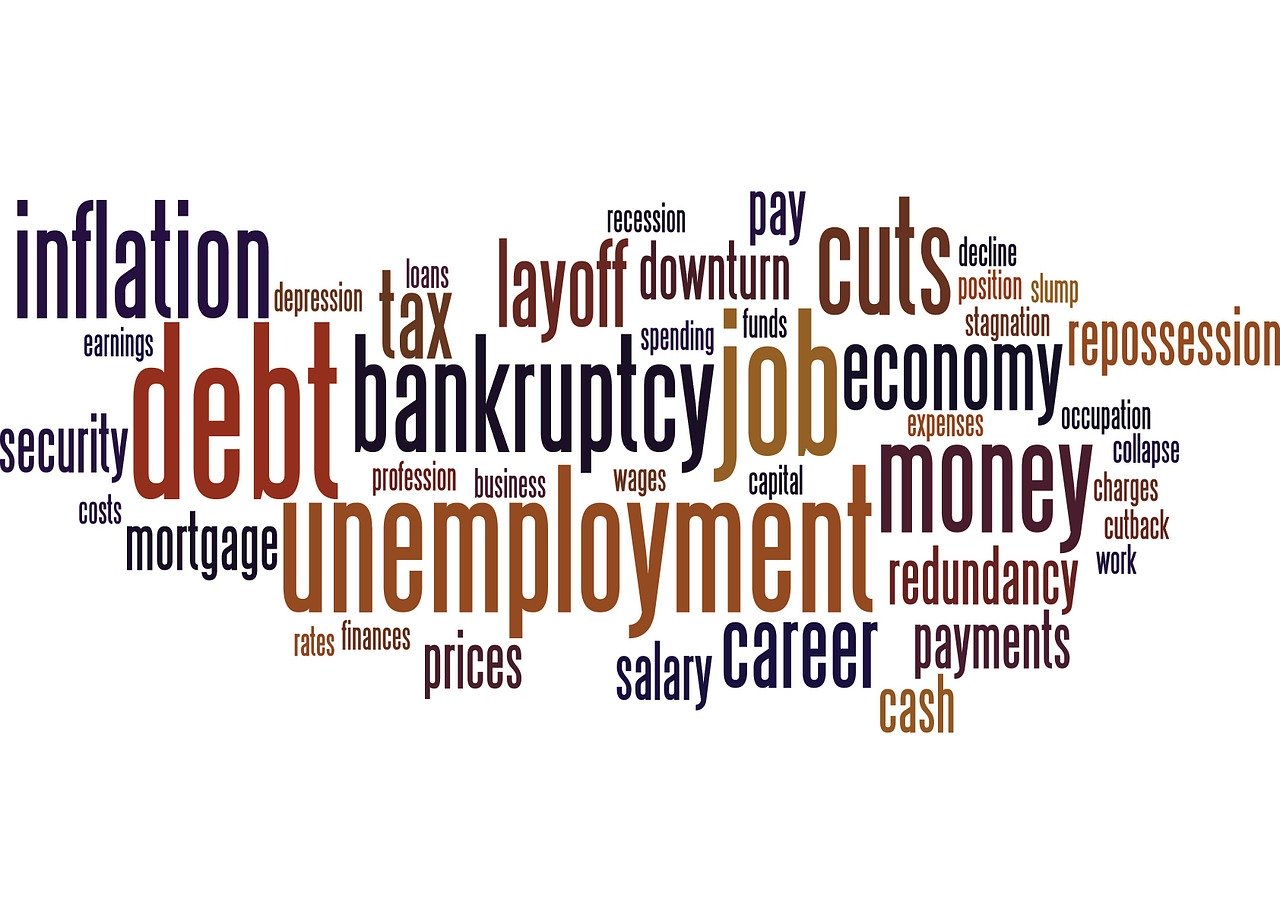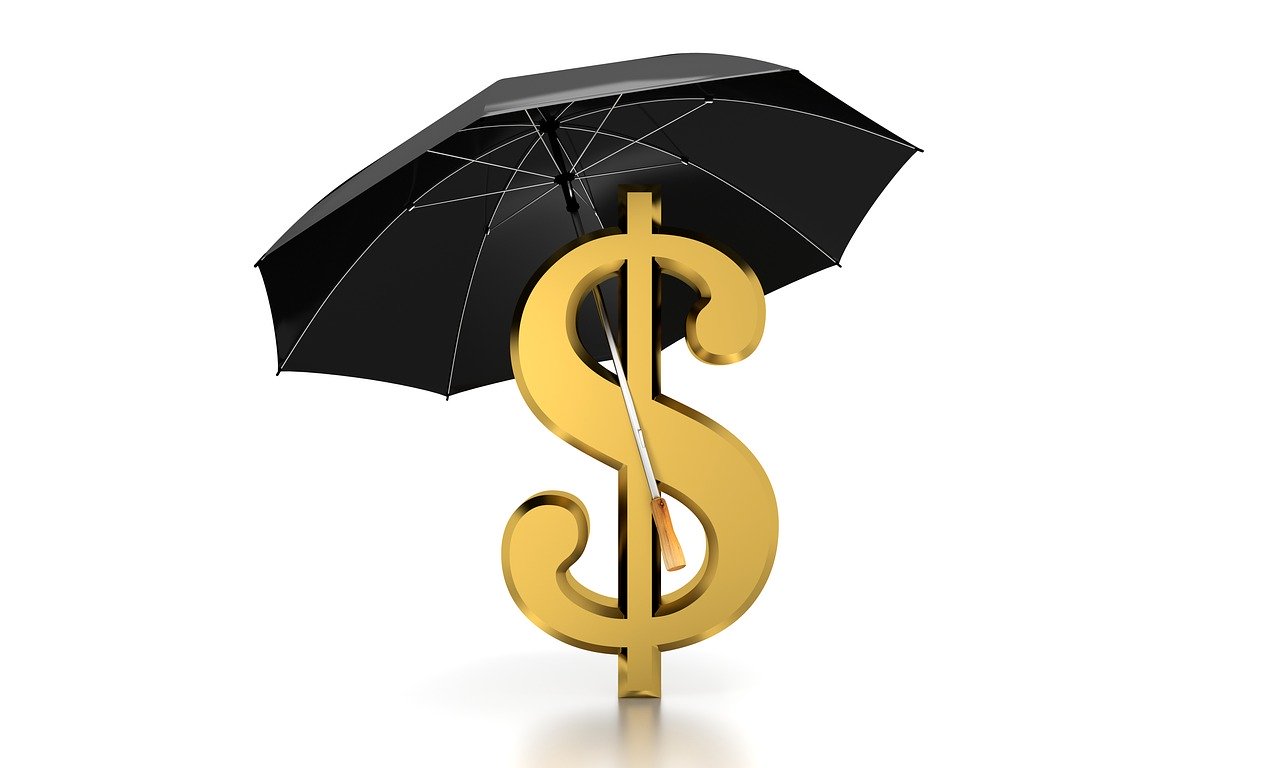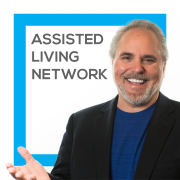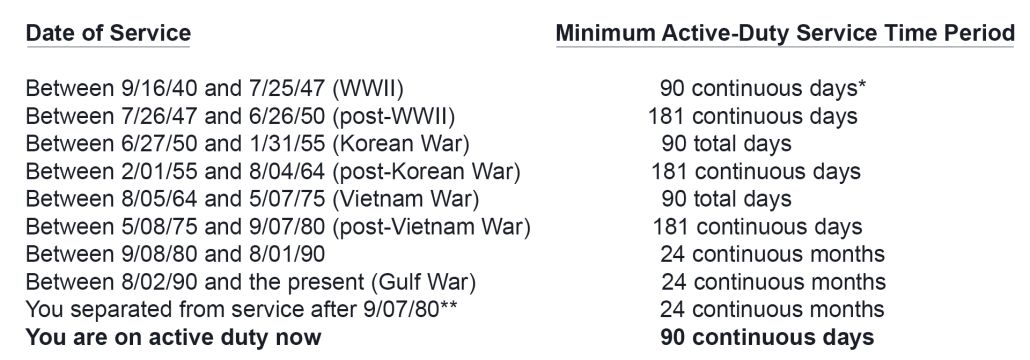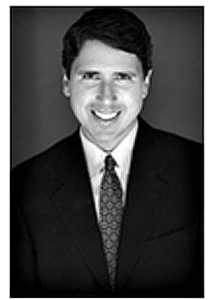By Dan Harkey
Do you ever think that for some reason you are not getting the results you want in your sales career? Do you have feelings that you try, but it is just not working? Maybe you need a minor tune-up, or perhaps a major overhaul.
Let us review the sales process:
Some people think that sales are concluded by what is verbalized in some learned word sequence, and how those words are used to convince a prospect to purchase products, goods, or services. Some may even think the correct method is for the salesperson to use slick language, ask questions that require a certain type of answer, handle objections, and a sequential closing interaction with the potential buyer. Granted, knowing your product, a good prospecting system, and training about the sales sequence is important. No doubt!

I subscribe to a bit of a different philosophy. “You locate a buyer, rather than create a buyer.” If you have a large enough group of prospects and keep yourself in front of their conscientious thoughts, they will most likely think of you if they need your services. Also, you should constantly work on developing and nurturing a like-and-trust relationship.
The first requirement is to develop a thorough understanding of your products, goods, or services with which you are involved. Thorough explanation of the technical aspects and benefits is a must. Handling questions about the function, usability, quality, durability, and pricing is important. What are the benefits of owning the product or purchasing the service, or investment?
Success in the sales profession is a learned proposition. What I mean by that is I do not believe that there are natural born, predestined successful salespeople. Some may start earlier than others, even in childhood, by gaining the personal confidence and developing characteristics that are required to be a successful salesperson.
80/20 Rule:
 The 80/20 concept applies to almost all sales endeavors. 20% of the salespeople account for 80% of the total sales volume in industries. Correspondingly, 20% of the salespeople make 80% of the available income. The remaining 80% of the salespeople receive a meager portion of the remaining 20% of available income. The 80/20 rule also applies to the quality of your “active” prospects. You will create 80% of your new business transactions out of 20% of your “active” leads. The salesperson’s job is to focus on the 20% and to convert member(s) of the remaining 80% into the upper 20% referred to as “active.”
The 80/20 concept applies to almost all sales endeavors. 20% of the salespeople account for 80% of the total sales volume in industries. Correspondingly, 20% of the salespeople make 80% of the available income. The remaining 80% of the salespeople receive a meager portion of the remaining 20% of available income. The 80/20 rule also applies to the quality of your “active” prospects. You will create 80% of your new business transactions out of 20% of your “active” leads. The salesperson’s job is to focus on the 20% and to convert member(s) of the remaining 80% into the upper 20% referred to as “active.”
Marketing Strategies:
There are various marketing strategies used in solicitation including face-to-face networking in groups, interactive relationships in industry-related groups, direct mail, email, and direct calling. Direct calling may either be cold calling, repeat calling to maintain contact, or to follow active leads. All are within the scope of solicitation and are for starting and nurturing an ongoing relationships. What do you have to offer that might have significant benefits to the prospective purchaser? All methods consist of a strategy to convert prospects into an active relationship with you, including establishing business relationships and friendships. “Active” consists of a group that has communicated with you and expressed an interest in your product, goods, or services. Of course, “actives” can become friends and friends do business with friends! Business success, as well as life in general, functions much better with many friendships. This includes happiness, mental health, self-actualization, and monetary gain.
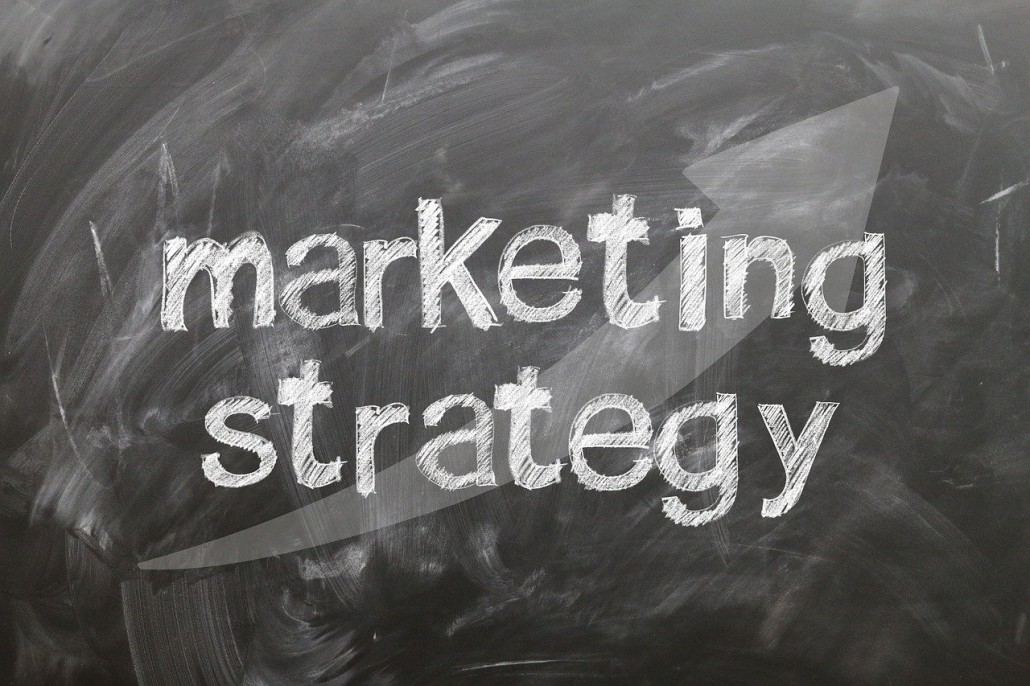
Developing a large network of leads and personal relationships takes a lot of focused time and effort. Merely locating and purchasing a list does little. A list should be created and maintained constantly for a large subset group that may be interested in what you have to offer. The list will need to be appended, which means it is sent out to an email marketing vendor who can verify whether the address and email address are still correct. The list will need to be imported into a customer relations software system to begin efficient daily management of the data. The list needs to be worked daily to convert people from “cold” or “warm”, into “active.” What I mean by daily is not to call the same people but to work your list by calling each person periodically such as every 60 or 90 days. Excessively frequent calls could be considered pestering.
Information contained in the list will need to be constantly updated and expanded because people move jobs, companies go out of business, show disinterest or disrespect, habitually fail to return phone calls or email requests, retire, change names, change email addresses, change business locations, a change in life circumstances, etc. The “active” prospects in your network are the only ones that you may reliably count on in determining the size of your network or lead base. Also, even with a sizeable “active” lead base, you will lose 20% to 30% of them per year for all the reasons stated.
After much time of consistent follow up without real response or success, such as 24 months, you may elect to drop the prospects from your “active” list and cease active follow up. Dropped leads will be replaced with “warm” leads that become “active”, and new relationships. The other option is to only call or email them occasionally, such as twice a year. The fundamental aspect of the process is that it is a sequential daily action system.

Here is a suggested action that you should take for someone who routinely or habitually does not respond to your request to communicate; send an email that states “Fred, I have tried to contact you a few times, without success. Would you prefer that I do not bother you?” If Fred wants to continue the relationship, he will respond. Fred may respond politely and say “no,” or just not respond at all. If Fred does not respond, then you may demote him back to “cold” and keep him in your database email marketing system for future interest and referrals. “Cold” leads do not get active personal follow up. If Fred is disrespectful or belligerent, just delete his record entirely. A poor strategy is to follow up with the same group of prospects, even when they show non-responsiveness or disinterest.
As the process becomes well lubricated through practice and experience, you can expect increasing momentum until you have so much business that you are forced to slow down marketing and personal contact follow-up in order to assimilate the additional new business, and/or new transactions.
Action Habits:
What size is your “universe of active possibilities.” Are there 10’s, 100’s, 1,000’s, or 10,000’s of prospects that you may be able to directly or indirectly follow up or market to? You have a current network size or number of “actives” and “prospects.”. Each person that you have in your follow-up system has a separate size of their own network. If you add the size of your network to the size of all the networks of each party that you market, you can establish a total, or “universe” of contacts. The question becomes, do you and each person that you follow up have a large enough network and a consistent daily action habit to develop a successful and sustainable career?
 Here are three different examples of persons that you may solicit in your “active” lead base. The distinction is whether both you and the person that you are following up with have their own separate and consistent daily action habit?
Here are three different examples of persons that you may solicit in your “active” lead base. The distinction is whether both you and the person that you are following up with have their own separate and consistent daily action habit?
1) You have 10 “active” leads in your universe. Another person that you follow up with consistently has a total of 10 “active” leads in their network. If you communicated with your 10 each month or each quarter, and they in turn communicated with their 10 leads then the total universe of “active” possibilities would be 100.
2) You have medium-size networks such as 200 to 400 but fail to engage in a consistent daily action habit. Failure to engage may become your barrier. It will be necessary for you to change your action pattern. Calling, emailing and/or communicating consistently with at least 20 active prospects daily is a good start. 20 is not a magic number, but if you call and they enjoy talking to you, that may be all you can handle. Otherwise, you may be calling 20 to 30 “actives” per day including completed and non-answered calls and follow up with a polite “thank you” email.
3) You have 400 or more “active” leads in your network that you follow up each month or each quarter with a good action habit. The person you follow up also has 400 or more potential leads that they follow up consistently with a good action habit. 400 X 400= a total of 160,000 universes of possibilities.
The purpose of these examples is to serve as a reminder that if you want to be successful, then associate and follow up with other correspondingly successful people who also have large networks. Imagine having 1,000 different people who are receptive to taking a call from you, showing respect and enjoying the conversation, who also have a large network of their own. This, of course, is an example.
There will be a natural point that you will not be able to keep up with the pace, because you will have way too much business. You may need to hire an assistant to leverage your time and effectiveness. This assistant may be an employee or an independent contractor. The minute that you have spare time from handling all your new business, you will restart the process all over. The real magic will begin to occur when business acquaintances become friends. I have said this repeatedly, “friends do business with friends.”
Calling and emailing are not the only mediums of communication, but they are highly effective.
 Remember that a prospect list can disintegrate over-night. In 2006 my company was primarily using direct mail, and we sent out about 1,000,000 letter form solicitations each month. Then by September 2007, the market crashed, and the lead base quality crashed with it. Hundreds of thousands of real estate agents, loan agents, investors, and builders/developers left the industry.
Remember that a prospect list can disintegrate over-night. In 2006 my company was primarily using direct mail, and we sent out about 1,000,000 letter form solicitations each month. Then by September 2007, the market crashed, and the lead base quality crashed with it. Hundreds of thousands of real estate agents, loan agents, investors, and builders/developers left the industry.
Over time when the dust and smoke cleared it was necessary to reconstruct a new list and start all over. Prepare for this event! If a crash in the quality of your lead base occurs consolidate down to your “actives” after verifying that they are still there. The entire process is a system that I refer to as a best practices action system.
Remember the concept “you locate a buyer; you do not create a buyer.”
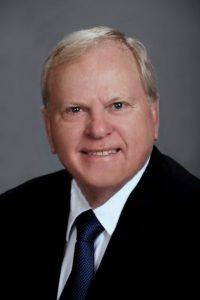
Dan Harkey
Business and Private Money Finance Consultant
Cell 949 533 8315
[email protected]

